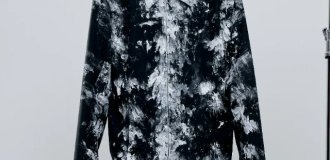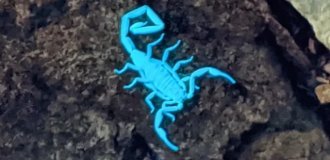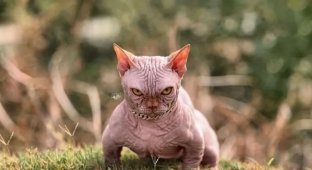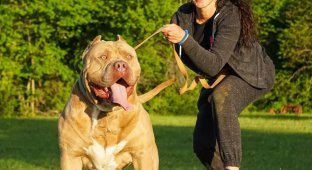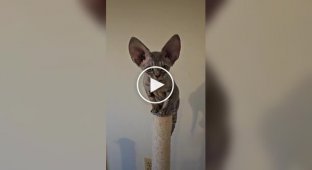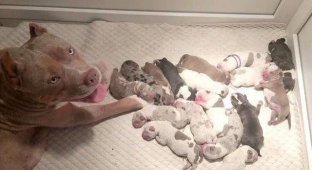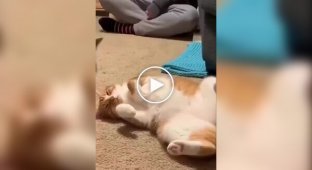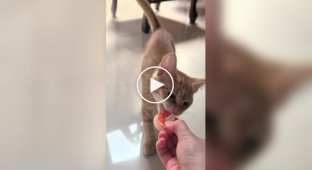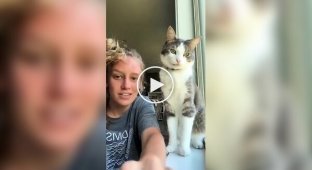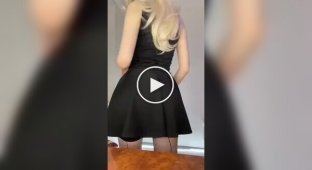The "Bullycat" breed is a relatively new one. Breeders' main goal was to create a cat with short legs but similar to a Sphynx. Besides their Sphynx resemblance, these cats now strongly resemble bully dogs. 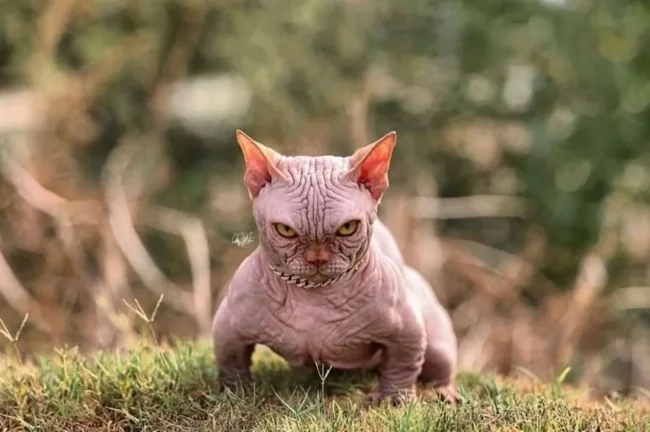
A cat like this needs a garage, not a house. After all, they're a machine!
Veterinarians are sounding the alarm, animal rights activists are demanding bans, and meanwhile, animals with the hashtag "BullyCat" are racking up millions of likes on social media. Completely hairless and wrinkled, with the muscles of a fighting dog and the personality of a small gremlin: meet the new breed of cat – the bully cat. What are they really? Just another clickbait curiosity or a real threat to animal welfare? Let's find out!
You may be far from the cat world, but the bully cat's appearance will leave no one indifferent. These monsters grow to 2-4 kilograms, yet they look nothing like cats. These new-fangled cats combine two extremes: a complete lack of fur and unusually short legs. Because of this, all the muscles that are evenly distributed throughout the limbs of a normal bully cat are concentrated in these gremlins. 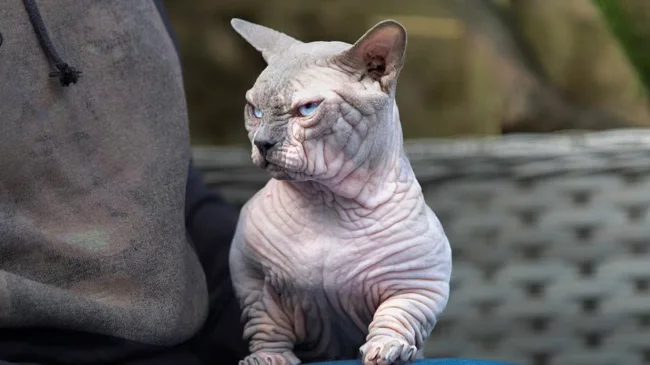
Come on, two-legged, show me who hurt you.
On their short legs, such a bulge of muscles looks unnatural, as if they've been working hard all day. Their hairless appearance greatly emphasizes this characteristic: without fur, every wrinkle is on display. Because of this unusual and completely un-catlike appearance, Bullies are very similar to their namesake, the American Bully—they're also muscular and brutal. The similarity is further enhanced by their large, expressive head, pointed ears, and perpetually dissatisfied expression due to their many wrinkles. 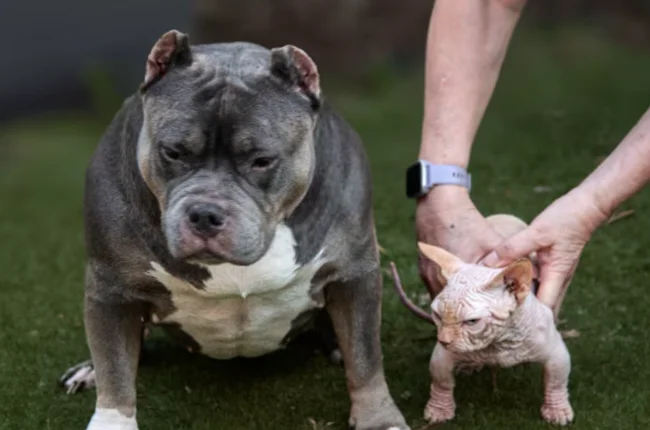
Copy and original.
Naturally, these outlandish little animals immediately became extremely popular on social media. Especially in the modern, hyped-up presentation, when they're dressed in gangster gold chains and photographed against the backdrop of gangster cars and bald men with tattoos. Particularly delightful are the shots next to muscular bully dogs. They say, "Look, Little Panther is in on the action too!" But veterinarians and animal rights activists don't share the general enthusiasm. They claim this isn't just a new breed of cat, but animal cruelty. 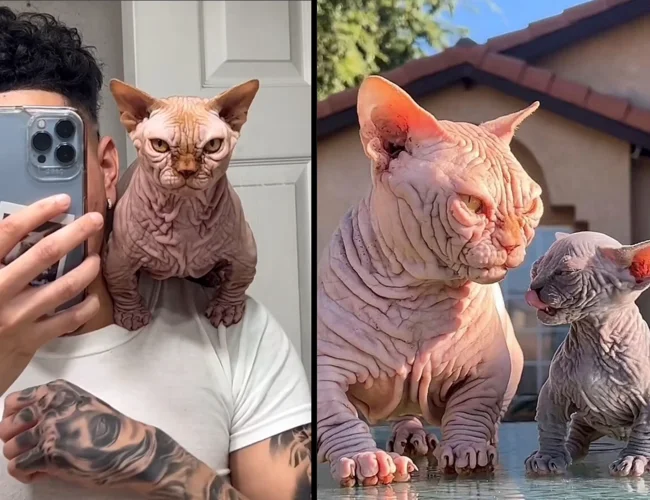
With a cat like this, you wouldn't even be afraid to go into a fight!
They say the cats suffer doubly: short legs put enormous strain on their joints, causing them constant pain, and their bare skin is too sensitive to everything, causing constant discomfort. Examples are often given of "developed European countries" where bully cats are already illegal, such as the Netherlands and England. Bully breeders, of course, deny the constant suffering of their pets. They present perfectly healthy and active cats that look nothing like the sick victims of the experiment. So, we have two opposites—but where is the truth? 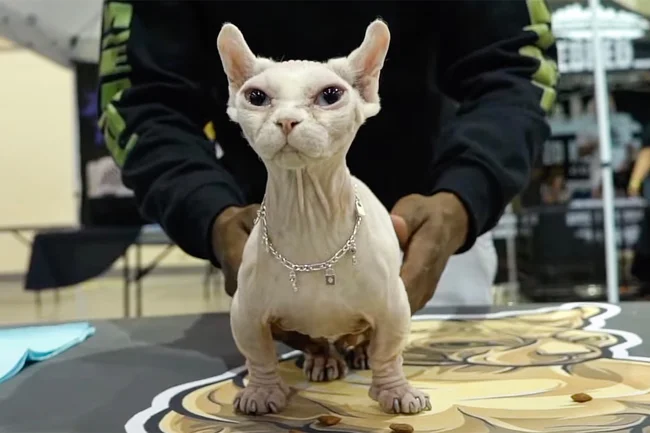
I don't need mice and milk. I need a gun and gold chains!
First, it's worth understanding the breed's history. Opponents of hairless gremlins call them a modern pursuit of fashion and internet hype. But that's a mistake. Bullycats were developed 20 years ago! It's just that the breed has only recently gained popularity. Stephanie and Pat Osborne were the original creators of these monsters, but their idea was far from creating a brutal cat-dog. On the contrary, they aimed to create the cutest animal in the world! Their experiment was affectionately named Bambino, which literally means "little one." They created their first kittens by crossing two beloved breeds—hairless Sphynxes and short-legged Munchkins. The result was a low-profile, doll-like version of the kittens, which even received preliminary registration as an experimental breed. 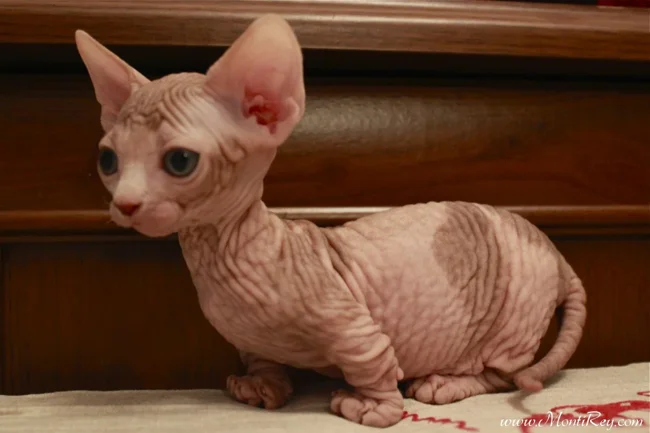
These cats look like sausages with a cat's head...
However, over time, interest in the Bambino waned. This is unsurprising: while they are cute, they are still short-legged, bald dogs, and not for everyone. This injustice has been corrected now, when the canine version of the Bully is at the peak of popularity. Under the guise of a new breed, the Bambino was renamed the Bully Cat. Selection also took a new direction. Gentle features are no longer favored; selection is focused on increasing muscle mass. But while the world accepted these mustachioed gremlins calmly in the 2000s, in today's reality, their unusual appearance has led to widespread criticism. But why? 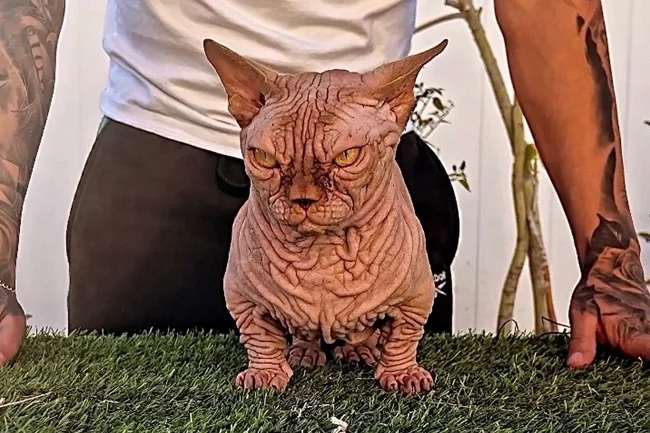
When I went to the gym for the first (and last) time.
Let's be honest. Bullycats are criticized for their lack of fur and highly sensitive skin. But no one is against the existence of Sphynxes, Peterbalds, and other hairless cats. They live quite happily without fur. Yes, this makes them more vulnerable to sunburn and insect bites, but being naked doesn't turn them into invalids. 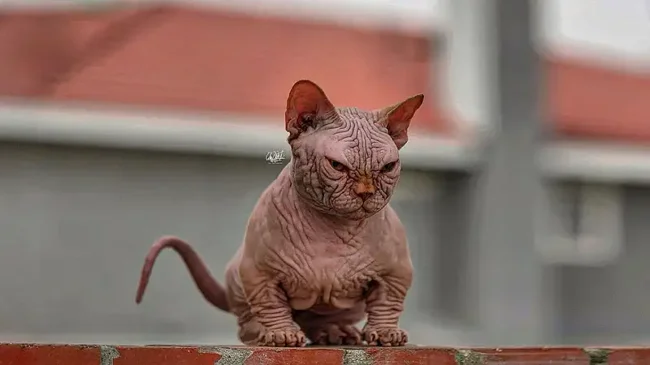
Get over it, it's his neighborhood now!
Another reason veterinarians and animal rights activists have taken up arms against bullies is their short legs. They say their joints are constantly aching, and the cats suffer. There's some truth to this—the change in proportions takes its toll on the body. Short-legged dogs suffer not only from their limbs, but also from their spines. They can have the full weight of a pensioner: arthritis, arthrosis, hernias, and other such ailments. But short legs don't equal suffering. With proper breeding, this trait doesn't make the animal disabled. Corgis, dachshunds, and basset hounds—they've all lived on short legs for centuries, and nothing's wrong! 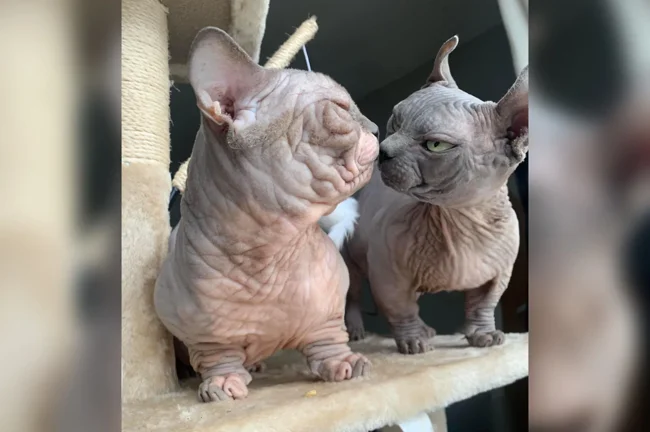
Even low-status cats can show strong emotions!
It turns out that both of these traits—short legs and lack of fur—when bred correctly, individually, don't pose any major problems. But bully cats combine them—and that's a much greater risk. If the breeding pair is chosen incorrectly, the kittens can indeed be sick on all fronts. But does this make the entire breed simply a cruel experiment for the sake of social media hype? Yes and no, at the same time. 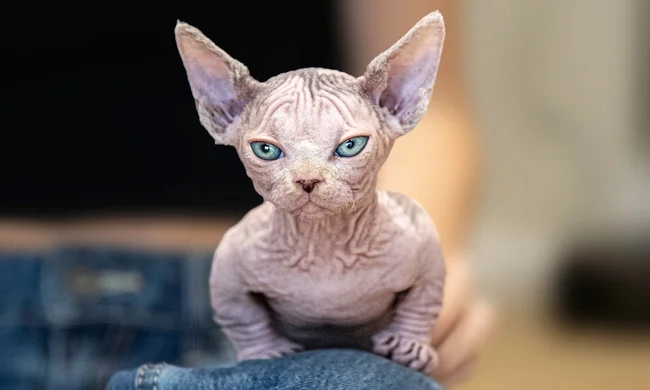
This little one probably doesn't walk on the floor. He crawls.
The thing is, almost every breed has its own ailments, regardless of whether it's a cat or a dog. Dobermans and British Shorthairs have heart problems. Spitz and Maine Coons have coat problems. German Shepherds and Scottish Folds have musculoskeletal problems. But no one is clamoring for a ban on the aforementioned breeds. Everything is decided by competent professionals who carefully select breeders and care not only for the health of their offspring but also for the entire breed. If these are the people who created the Bullycat, good luck to them! But judging by the number of likes, breeders aren't working to improve the breed's qualities, but to meet specific demand. They want even smaller, even more muscular, even balder cats! Exaggerated traits, without regard for genetic predisposition, are what can truly harm cats. And the hype only adds fuel to the fire.
Add your comment
You might be interested in:

